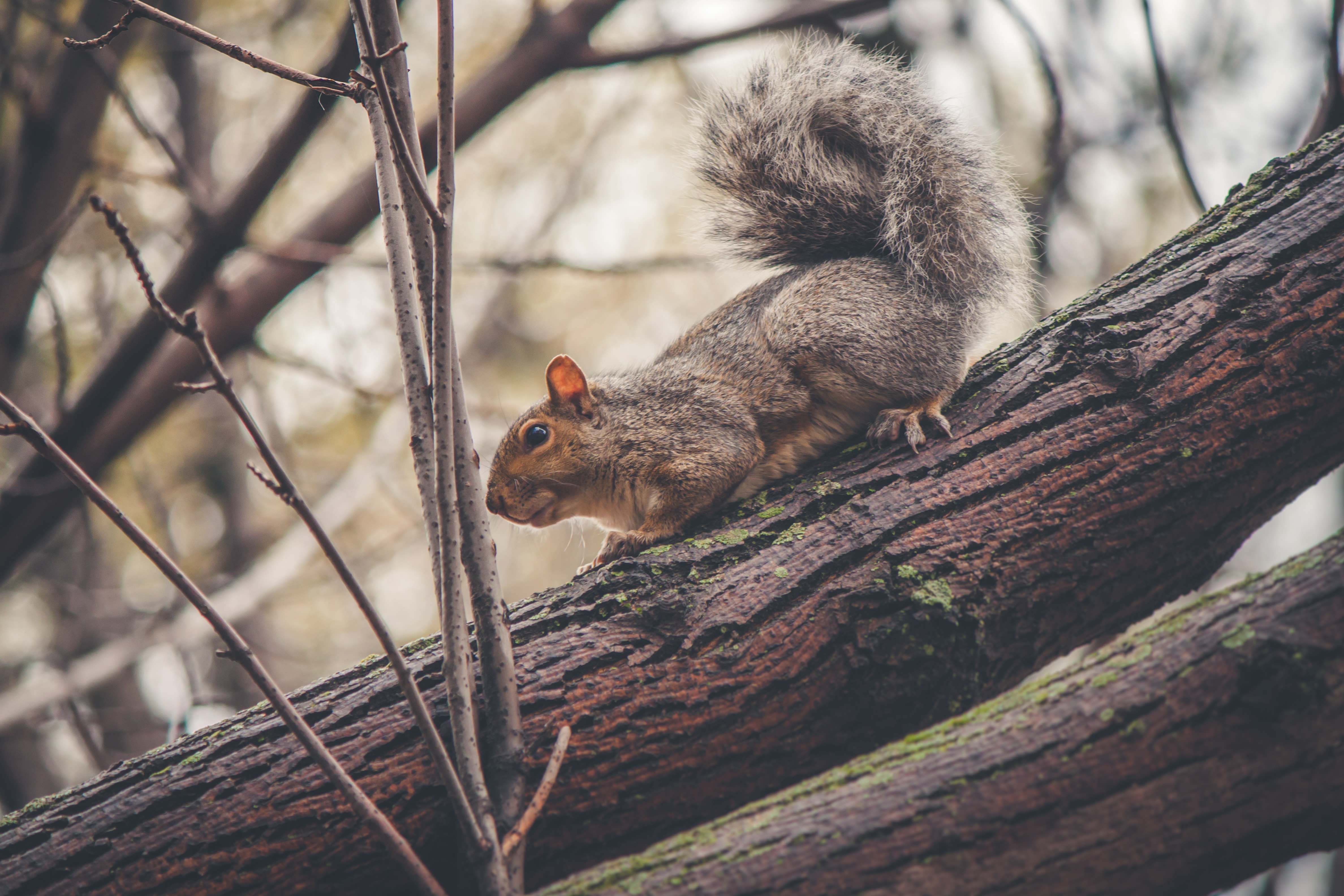
Definition: movement within and between trees
Some of us are better at it than others, but on the whole the human species remains pretty rubbish when it comes to the task of climbing trees. With a bit of courage we may be able to scramble up a trunk with conveniently spaced branches, but jumping from one tree to another without serious mishap is just something our bodies aren’t built for. A few million years ago our ancestors came down from the treetops and stayed there. We have gained many skills since that time – cooking, language and the ability to tap at keyboard all day long – but we have lost forever the ability to climb, leap and bound freely in the canopy as we once did.
However there’s more than one way to navigate a tree, and the animal world has evolved a huge range of methods for moving around in the vertical: from clambering up about on sharp claws like small mammals do, to sticking to surfaces like frogs and geckos. Squirrels can simply walk up or down any given trunk thanks to their incredibly flexible ankle joints. Reaching nearly 180o rotation, they can point their feet backwards or forwards to help anchor their claws into tree bark, buildings and nearly any other vertical surface. Squirrels also use their large bushy tails as counterweights to help them balance. Other animals such as tree pangolins and pygmy anteaters use their tails as an additional limb for grasping branches and preventing harmful falls.
For moving larger distances, the main options are to either jump, swing, glide or fly. Many different animals have independently evolved the ability to glide, including many mammals, as well as frogs, ants and snakes. To boost this airtime you need a large surface area. Sugar gliders and flying squirrels for instance have large flaps of skin stretching between the front and back limbs – effectively turning the whole body into a parachute.
It seems evolution tested out a few other strange and doomed concepts for between-tree movement along the way too. Around 225 million years ago there lived a reptile with wings – on its back legs. Sharovipteryx mirabalis is the only ‘delta-winged glider’ animal ever discovered. It probably bent and stretched its legs to gain some control over its trajectory. Unfortunately (as we only have a single fossil to go on) we can’t be too sure how far it actually could go or how gracefully it descended. Either way, this particular form of arboreal locomotion hasn’t been too popular since!
Bonus Facts
1: Travelling between branches and trees by swinging the limbs, as frequently used by monkeys and apes, is called brachiation.
2: Gliding ants such as Cephalotes atratus are different from the flying ants you may see. Lacking in wings, they slow their descent by flipping over onto their back and holding their legs up and out. From this position they can to control their direction and land on a suitable tree well before reaching the ground.
